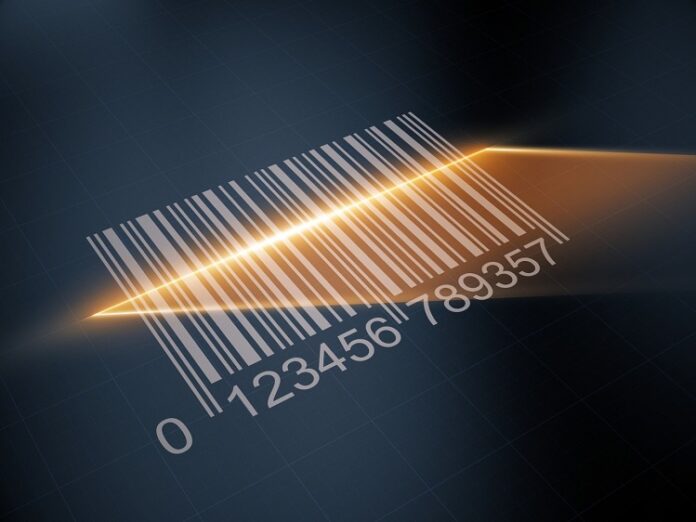Barcodes have come a long way since the first one was used to scan a pack of Wrigley’s Juicy Fruit chewing gum back in 1974.
They’re now used to help companies reduce order and inventory inaccuracy, ensure medicine fulfillment, and track our luggage through the airport. To do this, tons of data translates into lines and shapes that a scanner can read.
Two different types of barcodes exist today — one-dimensional (1D) and two-dimensional (2D). The 2D version came about to allow for a greater amount of data in the barcode. Let’s take a look at both barcode formats and how they are used.
1D Barcodes
This simple “picket fence” style barcode appears on most products at the store and uses up to 25 characters. This is the standard UPC barcode that can carry information like color or size, which makes it ideal for checkout and inventory use.
However, sometimes you need far more data than 25 characters can hold, so other types of 1D barcodes came about. One variation is Codabar, which you find on FedEx packages, library books, and blood bank stores. POSTNET is used by the post office to encode zip codes on your mail.
EAN barcodes look a lot like UPC codes, but are specific to Europe and are much denser. Code 39 versions use digits and characters and can encode 39 characters, while Code 128 is compact and high-density, making it good for shipping containers and packages.
ITF barcodes have high printing tolerances that make it possible to print them directly on corrugated cardboard. It can only encode numbers but is still powerful for product packaging use. Code 93 is a compact and secure alternative to Code 39 as it holds more characters in a smaller space.
All types of barcodes are read and generated with various software, including barcode .net libraries that make it easy to create them.
2D Barcodes
With as many as 2,000 characters, 2D barcodes allow for a lot of information because they can organize it horizontally as well as vertically. These types of barcodes are images made into a square with a lot of squiggles in it like a QR code in advertising or on your airline boarding pass.
QR codes are the ones most commonly seen as they scan quickly and are public domain. They are readable by just about any device and encode almost any type of data.
Other 2D barcodes are more commonly used in logistics and operations and can scan with lasers and not just scanners. Datamatrix codes can be super tiny, which makes them great for labeling small electronic components. PDF417 codes can hold more than 1.1kb of data, which makes them good for storing fingerprints and photographs.
Aztec codes can function even with bad resolution, which makes them ideal for tickets and boarding passes as they can scan even when printed poorly or on a phone screen. They’re space-efficient, which makes them useful when you need to place them on small products, but don’t hold the same range of characters as a QR code.
Know the Different Types of Barcodes
Now that you can identify the type of barcode you see on a package, you understand just what and how much those black and white lines are saying. Different types of barcodes communicate everything from name and amount to your entire CV. As new types of barcodes develop, even more information can be carried in this graphical format.
If you found this article helpful, check out others on our site related to technology and how it works.


